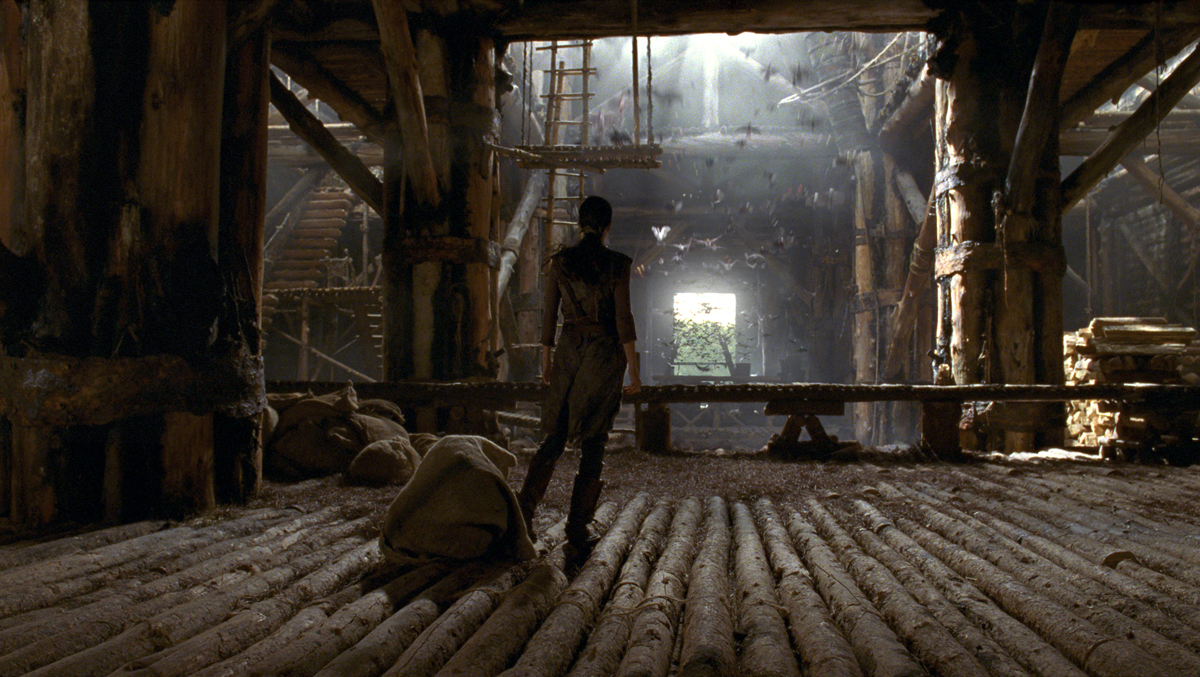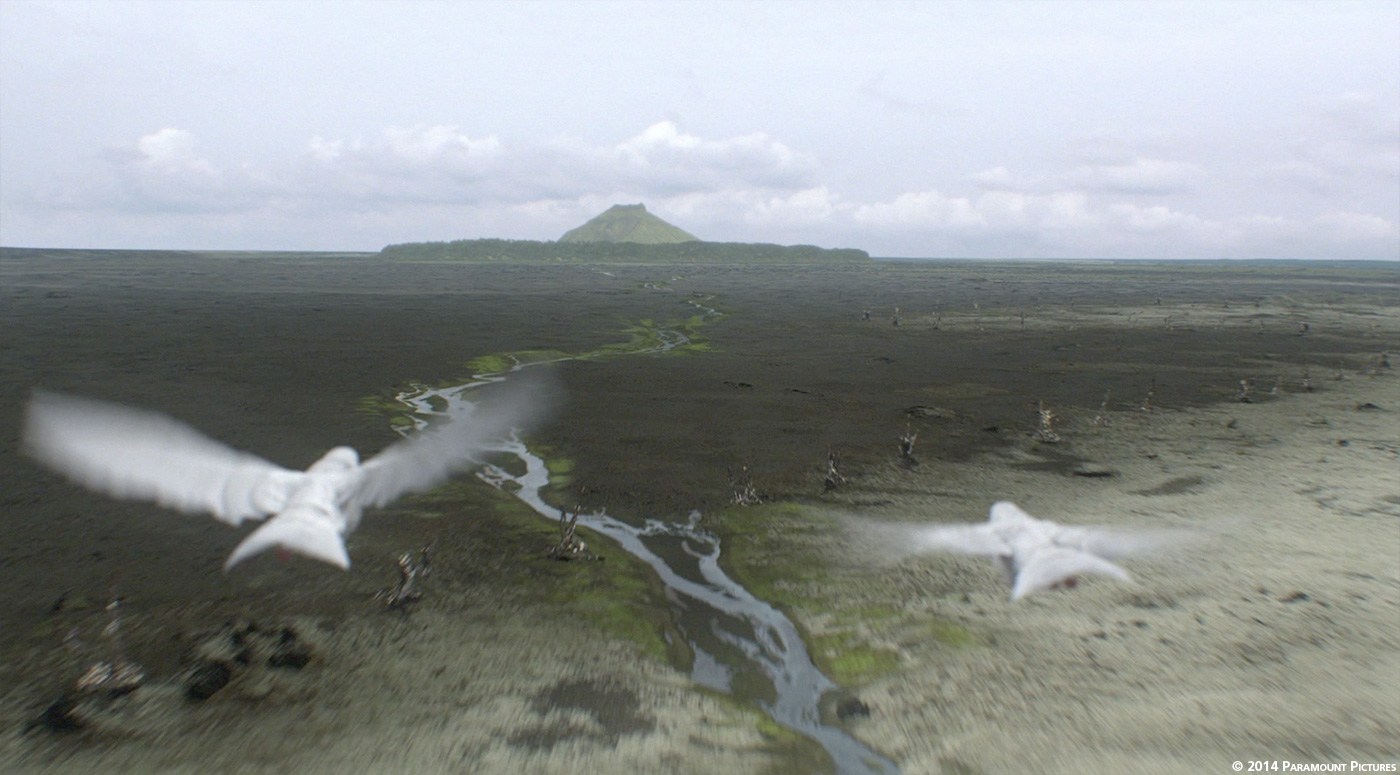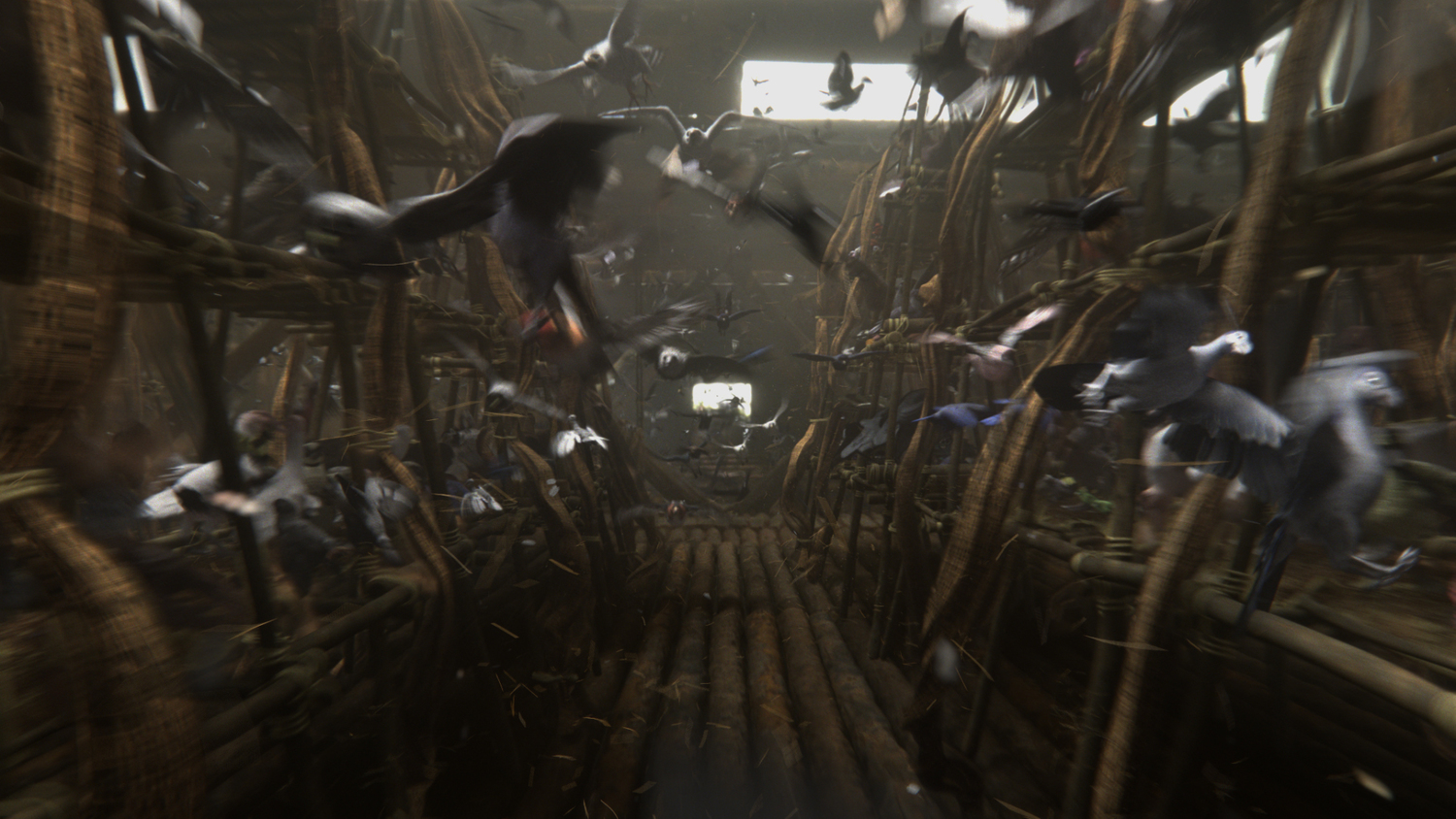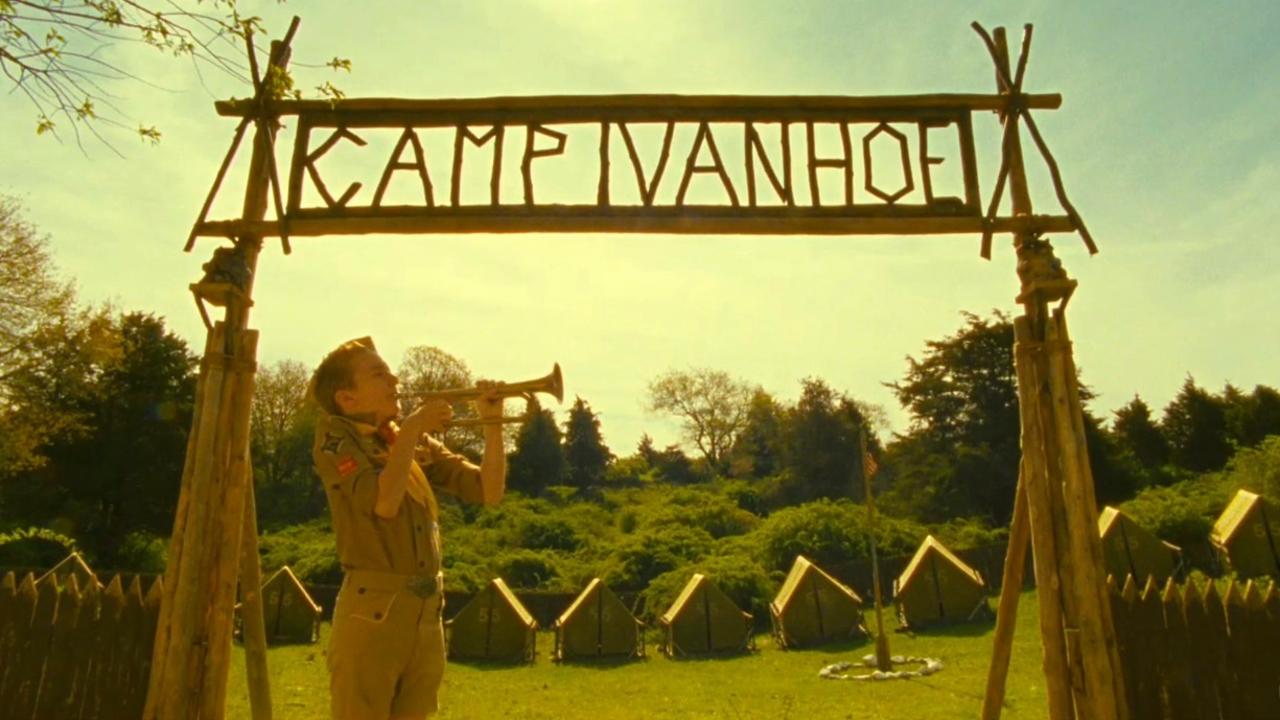




for Paramount & Universal
Provided technical and software resources to drive D. Aronofsky's "Noah" (2014) and W. Anderson's "Moonrise Kingdom" (2012) through a boutique Brooklyn-based studio.
Noah: Deep Image Conversion Pipeline
At the time, Houdini’s deep-image format (RAT) was not supported by The Foundry's Nuke. To work around this, a C++ plugin was engineered which cross-compiled the Nuke NDK and Houdini HDK to provide RAT-image reading natively within Nuke.
With each RAT-image potentially exceeding 2GB/frame, we constructed an isolated farm of virtual machines to tackle the conversion of 100K+ frames into compressed OpenEXR2 deep files. This farm was accessed and directed by a Tornado/Celery/RabbitMQ job-queue.
Noah: Rendering
Feathering 20K+ birds required an involved network of dependent render passes, generally broken into geometry caching, IFD generation and Mantra rendering.
To streamline this, an event-based pipeline was constructed which allowed an artist to create sophisticated render networks that were translated and scheduled into a series of stacked, frame-dependent jobs called "chains". These chains could be accessed and managed using a Python API.
We decreased IFD generation time by 50-75% by rendering to node-local disks and tuning (increasing) network packet weights to our primary storage appliance. This shaved weeks off our estimated render time.
Noah: Off-site Rendering at Sony Imageworks
LookFX generated over 100K frames for 300+ shots with render times ranging from 6-24/hrs per frame. To tackle this, we worked with the teams at Sony Imageworks and Cinesite to utilize their larger infrastructures.
Each multi-GB IFD had to be transposed to render correctly inside a remote network and file-system. Transposing was a multi-threaded task distributed across our internal farm. All paths were identified, translated and added to an asset dependency list. Each IFD could reference an incredible 100K+ assets.
These dependency lists were then used to collect and write all assets onto a 3TB hard disk. Each day, these disks were generated and sent overnight for rendering on the West coast. Databases were created to track data and bypass duplicate assets.




